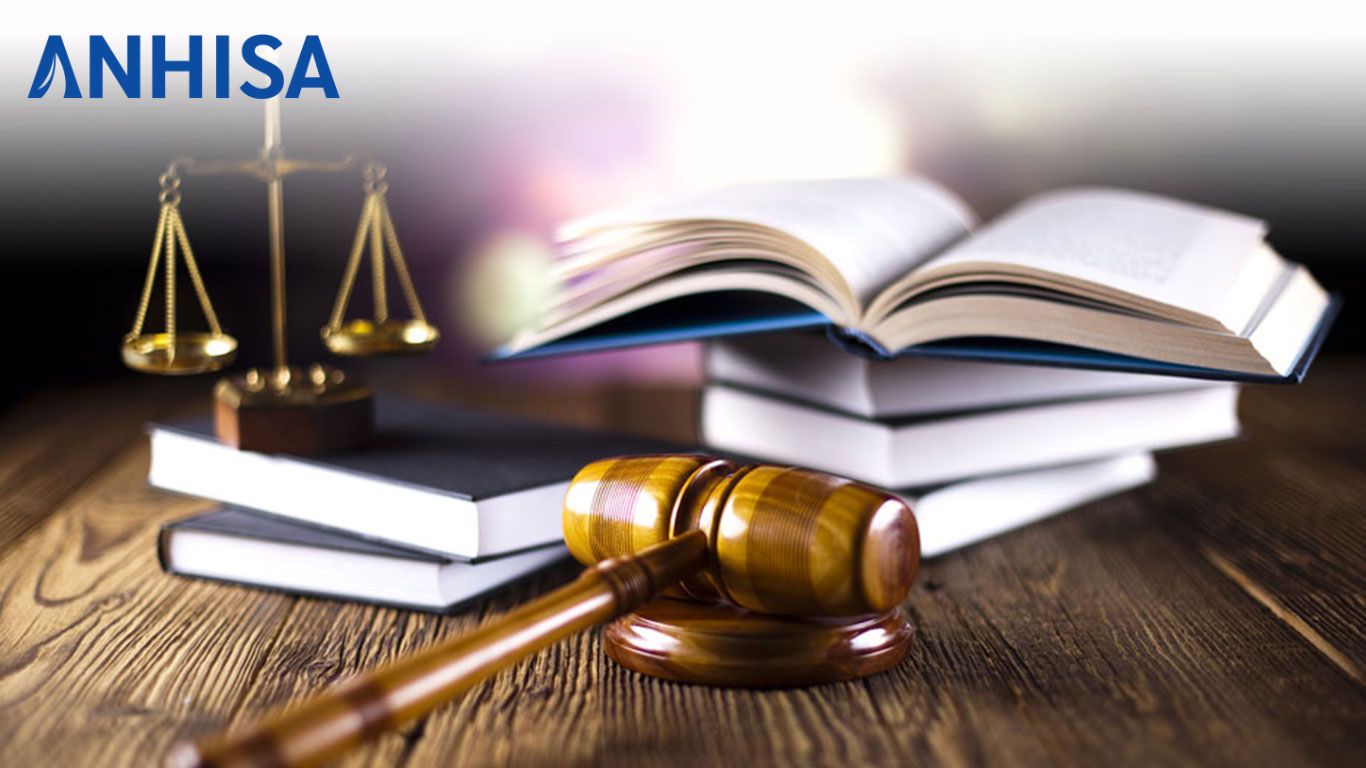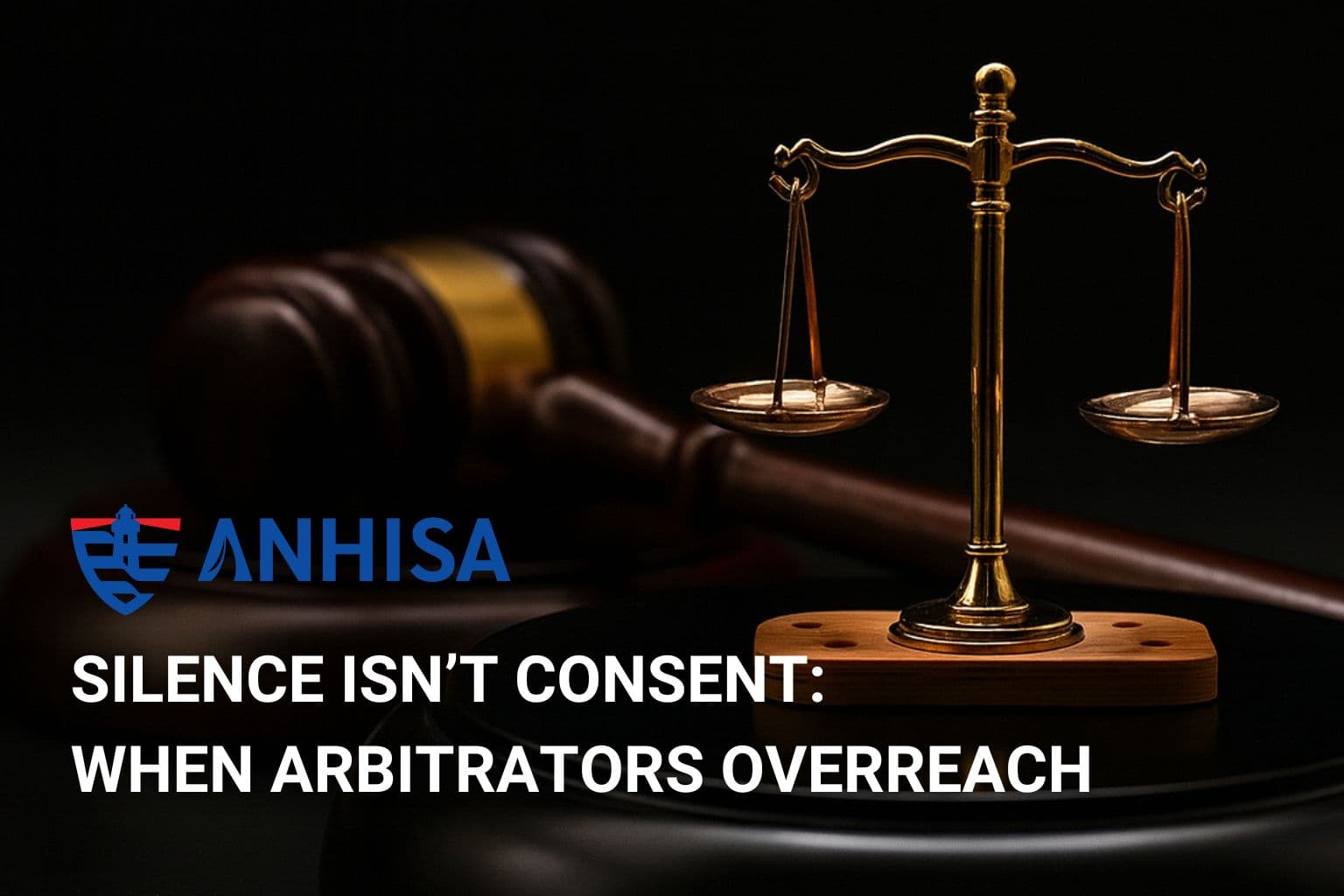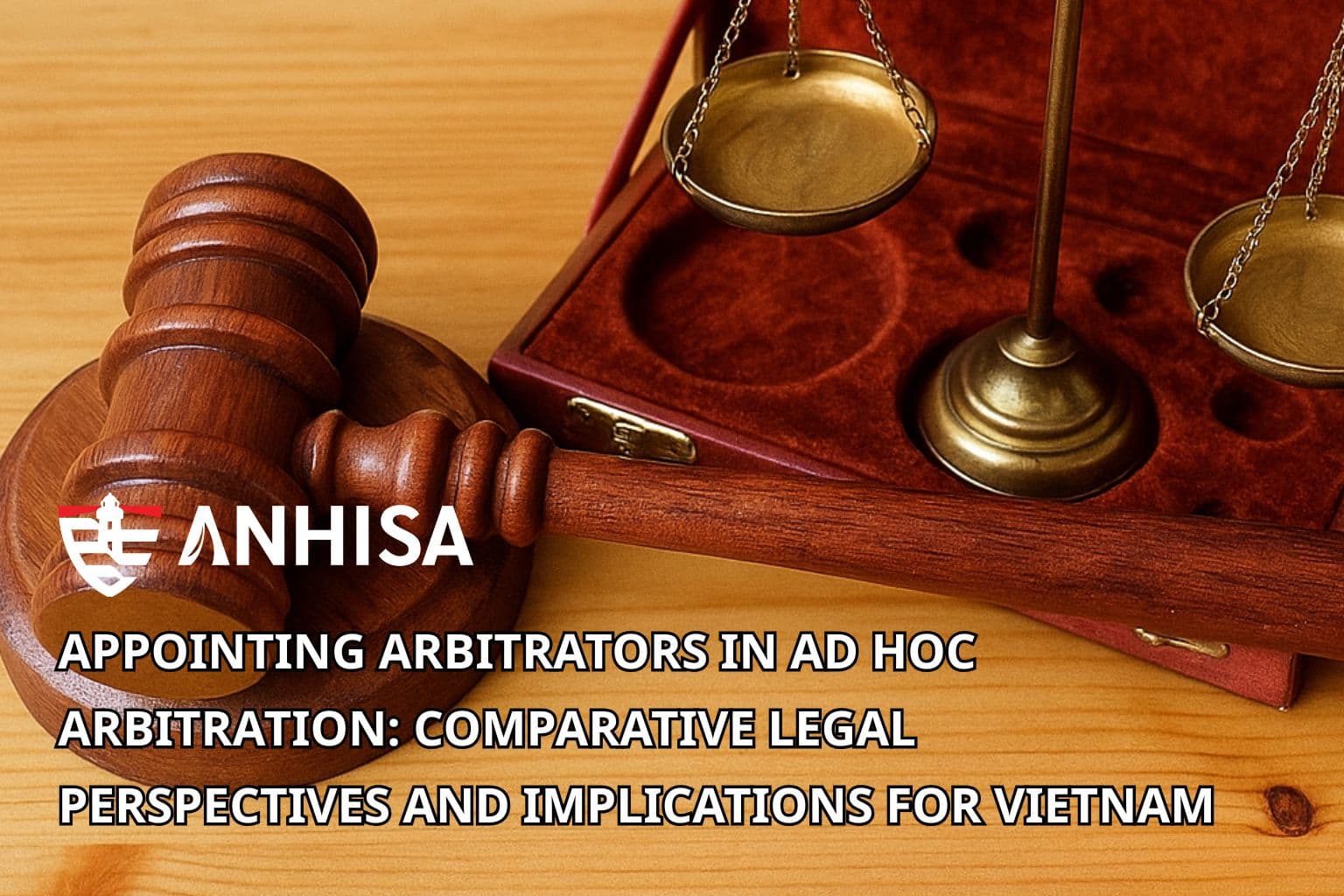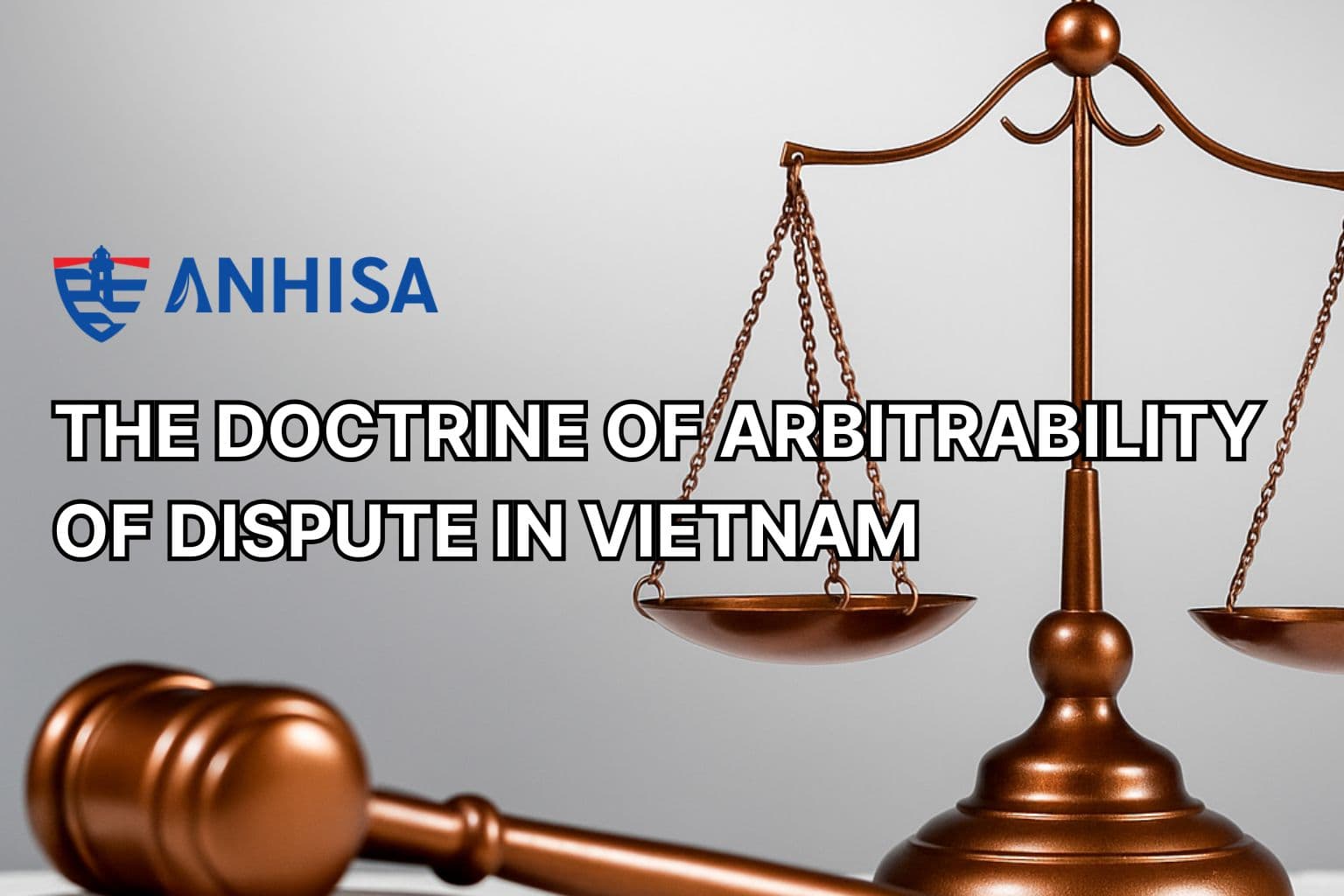[A SERIES OF ARBITRATION NOTES] EPISODE 9 | SIAC Rules 2025[1]: Can the Notice of Arbitration and Response to the Notice of Arbitration be amended?
March 27, 2025
Foreword
The Notice of Arbitration is one of the most crucial documents in commencing arbitral proceedings under the SIAC Rules[2]. It presents key information, including both substantive claims and procedural applications. As a result, there is always a possibility that amendments, modifications, or supplements may be necessary. Correspondingly, the Response to the Notice of Arbitration follows a similar structure. As an important reform, SIAC Rules 2025 introduced a more refined mechanism compared to its 2016 predecessor, allowing both the Claimant and the Respondent to amend, supplement, and modify the Notice of Arbitration and its Response. However, this mechanism raises several unresolved questions.
The evaluation
In our series of “Arbitration Notes”, we have previously analyzed the concepts of the Notice of Arbitration and the Statement of Claim under SIAC Rules 2016. Notably, SIAC Rules 2016 did not explicitly provide for the amendment of the Notice of Arbitration. However, Rule 20 of SIAC Rules 2016 permitted the amendment or supplementation of the Statement of Claim and other “submissions of the parties” subject to the Tribunal’s discretion to reject amendments under certain circumstances).
The recently released SIAC Rules 2025 have now confirmed that the Notice of Arbitration and its Response may be amended. With the introduction of SIAC Rules 2025, the question of whether these documents can be modified has been clearly addressed. Article 9 explicitly states:
Quote
9. Amendments to the Notice or Response
9.1 Prior to the constitution of the Tribunal, a party may amend, modify, or supplement the Notice, the Response, or any procedural application under these Rules with the leave of the Registrar.
Unquote
Rule 9 of SIAC Rules 2025 provides parties with the ability to amend the Notice of Arbitration and the Response to the Notice of Arbitration, which could significantly impact procedural aspects, including applicable law, seat of arbitration, language of arbitration, number of arbitrators, and the procedure for constituting the Tribunal.
Additionally, under Rule 6 of SIAC Rules 2025, the Notice of Arbitration is now required to include more details about substantive issues in the case (even if presented in a brief or initial form). Compared to SIAC Rules 2016, the Notice of Arbitration must now provide additional information, such as:
- A description of the agreement (contract, treaty…) forming the contractual relationship between the parties (more specific than a “reference to”);
- A statement describing the nature and circumstances of the disputes (more detailed than “a brief”);
- The relief sought and an initial estimate of the claim amount (initial quantification of the claim was not mandatory under SIAC Rules 2016 and was required “where possible”).
These changes have significant implications for parties’ rights in arbitration. With SIAC now imposing more stringent requirements for the Notice of Arbitration and its Response, parties have greater flexibility to refine and adjust their submissions, particularly in cases where a Notice of Arbitration is filed urgently to preserve the statutory limitation period.
By allowing the Claimant and Respondent to amend their respective submissions, Rule 9 of SIAC Rules 2025 enhances procedural flexibility, ensuring that parties can better adapt to evolving case dynamics.

“With the leave of the Registrar” and Unanswered Questions
Notwithstanding that Rule 9 of SIAC Rules 2025 permits both the Claimant and Respondent to amend the Notice of Arbitration and the Response to the Notice of Arbitration, it introduces a restriction requiring such amendments to obtain the “leave of the Registrar”.
Unfortunately, SIAC Rules 2025 does not provide a specific mechanism for the Registrar to indicate this approval or acceptance.
SIAC and its Registrar have issued the Practice Note on Case Administered by SIAC under SIAC Rules PN – 01/2025 (01 January 2025)[3]. While Note 8.3 and Note 9 outline the general authority and scope of the Registrar’s decisions, they do not detail the procedure by which the Registrar will review or assess amendments to the Notice of Arbitration, Response to the Notice of Arbitration, or other procedural applications.
Quote
II. ADMINISTRATION BY SIAC
8. Administration of the arbitration by SIAC includes:
[…]
8.3 case management, which includes the facilitation and determination of any pre-constitution applications submitted by parties, […], monitoring schedules and timelines, and such other matters to facilitate the fair, expeditious, and cost-effective conduct of the arbitration;
9. Prior to the constitution of the tribunal or the appointment of an Emergency Arbitrator, the Registrar shall determine the acceptance and ordering of any procedural applications.
Currently, SIAC’s Q&A[4] section does not address specific questions regarding amendment, modification, or supplementation procedures.
Comparing this with other written submissions under SIAC Rules 2025, we observe that Rule 33.5[5] allows a party to amend its statement of claim or defense, including counterclaims, cross-claims, or set-offs, with the leave of the Tribunal.
In the case of amendment or supplement to the Statement of Claim or Defense, as the decision-making body, the Tribunal is required to grant such leave unless it finds the amendment inappropriate due to factors such as the timing of the request, prejudice to the other parties, or any other relevant circumstances. Additionally, the amendment must remain “within the scope of the applicable arbitration agreement”.
The lack of a clear mechanism for the Registrar’s review raises key concerns:
- Criteria for the Registrar to estimate and end up with an approval: On what basis does the Registrar grant or reject leave to amend the Notice of Arbitration or its Response? Should the Registrar apply criteria similar to those used by the Tribunal when assessing amendments to the Statement of Claim or Defense?
- Timeframe for the Registrar to review and decide on the leave: How long will the Registrar take to process amendment requests? The timing of such reviews is crucial to maintaining the efficiency and flexibility of arbitration proceedings. The consequence of this timeframe raises the question of whether the review and approval of such requests could delay the arbitration proceedings and the constitution of the Tribunal if a party attempts to abuse this mechanism (as the Registrar, regardless of whether they grant leave for such requests, will inevitably need time to assess them).
- Notification to the Opposing Party: Must the Registrar notify the opposing party of an amendment request and seek their views before making a decision?

Conclusion and our recommendation
While more time is needed to observe how parties, SIAC, the Registrar, and Tribunals handle amendments under SIAC Rules 2025, it is evident that this rule represents a significant and progressive reform. By granting greater flexibility, it enhances the rights of disputing parties and improves procedural efficiency in arbitration.
In light of the absence of specific guidance from SIAC and the Registrar, we recommend that parties:
- Prepare a comprehensive Notice of Arbitration or Response to the Notice of Arbitration: Pay close attention to the expanded content requirements under SIAC Rules 2025 compared to the 2016 version. This can help avoid situations where an amendment request is submitted to the SIAC Registrar but ultimately denied.
- Strategically plan urgent filings: In cases requiring the immediate submission of a Notice of Arbitration – such as preserving the statutory limitation period or filing without complete information or internal approvals – parties should carefully structure amendment requests to align with the fundamental principles of SIAC Rules 2025, thereby maximizing the chances of approval.
By following these recommendations, we do hope that the parties can navigate the new framework more effectively, leveraging the increased flexibility offered by SIAC Rules 2025 while mitigating potential procedural risks.
[1] Arbitration Rules of the Singapore International Arbitration Centre – SIAC Rules (7th Edition, 1 January 2025)
[2] SIAC Rules 2025
SECTION II. COMMENCEMENT OF ARBITRATION
6. Notice of Arbitration
[…]
6.2. The date on which the Notice is received by the Registrar shall be deemed to be the date of commencement of the arbitration. […]
[3] Link to access: lhttps://siac.org.sg/practice-note-on-cases-administered-under-the-siac-rules
Last accessed on 13 March 2025
[4] SIAC General FAQs – Singapore International Arbitration Centre
[5] 33. Written Submissions
[…]
33.5. A party may amend its claim or defense, including a counterclaim, cross-claim, or set-off with leave of the Tribunal. The Tribunal shall grant such leave unless it considers it inappropriate to allow such amendment having regard to when it is requested or the prejudice to the other parties or any other circumstances. A claim or defense, including a counterclaim, cross-claim, or set-off, may not be amended in such a manner that the amended claim or defense, including a counterclaim, cross-claim, or set-off, falls outside the scope of the arbitration agreement.
ANHISA LLC AND OUR EXPERTISE
ANHISA LLC is a boutique law firm specializing in Dispute Resolution, Shipping and Aviation. Being the leading lawyers in various fields of law, our qualified, experienced, and supportive team of lawyers know how to best proceed with a case against or in relation to Vietnamese parties and are well equipped to provide clients with cost-effective and innovative solutions to their problems.
Regarding dispute resolution, we have represented Vietnamese and foreign clients in the resolution of disputes involving maritime, construction, commercial and civil matters. Our lawyers are well-equipped to offer services on a wide range of disputes and conflicts, whether cross-border or purely domestic, to appear before any Judges or Arbitral Tribunals. The firm is prepared to assist clients in designing the appropriate dispute resolution procedure to help resolve conflicts as efficiently and cost effectively as possible, which may involve combining elements of mediation and other methods such as arbitration.
AUTHORS
DANG VIET ANH
Managing Partner
Mobile: (+84) 983 467070
Email: anh@anhisa.com
TRUONG CONG HONG
Senior Associate
Mobile: (+84) 909 814090
Email: hong@anhisa.com
TRAN DUC MANH
Associate
Mobile: (+84) 337 649204
Email: manh@anhisa.com
This article aims to furnish our clients and contacts with general information on the relevant topic for reference purposes only, without creating any duty of care on the part of ANHISA. The information presented herein is not intended to serve, nor should it be considered, as a substitute for legal or other professional advice.
Related posts

SILENCE ISN’T CONSENT: WHEN ARBITRATORS OVERREACH
November 27, 2025

APPOINTING ARBITRATORS IN AD HOC ARBITRATION: COMPARATIVE LEGAL PERSPECTIVES AND IMPLICATIONS FOR VIETNAM
October 08, 2025

PARTIES TO AN ARBITRATION AGREEMENT
October 01, 2025

THE DOCTRINE OF ARBITRABILITY OF DISPUTE IN VIETNAM
September 24, 2025
- EMAIL:
- om@anhisa.com
- office@anhisa.com
- TEL:
- Hanoi Office: +84 24 320 47609
- Saigon Office: +84 28 5416 5873
- HOTLINE:
- +84 (0) 939 117 398
- +84 (0) 983 488 380

